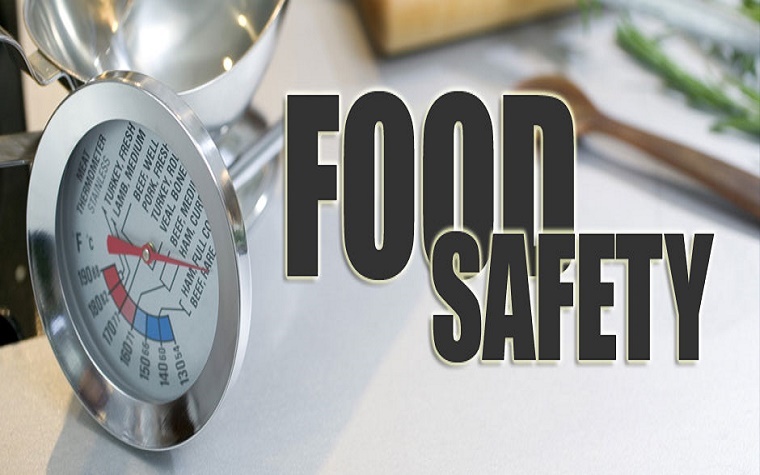St. Elizabeth's Hospital issued the following announcement on July 10.
The summer heat is here and the backyard barbeques and picnics are in full swing. But before you fill your plate, ask yourself “Is this food safe?”
Foodborne illness or food poisoning is caused by consuming foods or beverages contaminated with bacteria, viruses or parasites. There are over 250 different foodborne diseases with the most common being Salmonella, E-coli and Campylobacter. Food poisoning is a serious public health threat as the Centers for Disease Control (CDC) has estimated that 48 million or one in every six Americans could get sick from foodborne illness this year.
“Public education is important to reducing the risk of contaminated food being served and consumed,” notes Aaron Hickerson, CDM, CFPP, Food Service Director at HSHS St. Elizabeth’s Hospital. “Food poisoning can be caused by many sources including improper hand washing, cross contamination of food and simply leaving food out too long at either at room temperature, or in the summer heat which creates an environment for harmful bacteria to grow.”
This summer, St. Elizabeth’s Hospital encourages you to help keep your family safe by remembering the following food safety tips:
- Select your menu carefully. Choose foods you can safely cook and serve at the proper temperatures and with the proper washing.
- Test food temperatures with a thermometer. An accurate, clean food thermometer should be used to check the internal temperature of all meat and poultry. Follow the manufacturer’s instructions on how to calibrate your thermometer, or to ensure your thermometer is calibrated, fill a cup, three-fourths full, with ice. Then fill the cup with cold water to create an ice water mixture. Insert the thermometer a minimum of two inches deep, without touching the sides or bottom of the container. Turn on your thermometer and allow it to stabilize for approximately 30 seconds. When calibrating a thermometer in ice water, the thermometer should read 32 degrees Fahrenheit.
- Pack Safely. Always keep refrigerated and frozen foods cold in a cooler with plenty of ice or freezer gel packs for transportation and before and after serving. Also, be sure to pack raw meat and poultry separate from all other foods. You can also consider the use of a separate cooler for beverages, so the food cooler is not opened frequently. In addition, a full cooler will keep food cold longer than a partially filled one. If your cooler is only partially filled, pack the remaining space with more ice or freezer gel packs.
- Serve safely. Use separate utensils and platters for cooking and serving. Discard any perishable food left out more than two hours. Discard after one hour if the outside temperature is above 90 degrees Fahrenheit.
For more information, visit www.cdc.gov/foodsafety/prevention.html.
.Original source can be found here.


 Alerts Sign-up
Alerts Sign-up